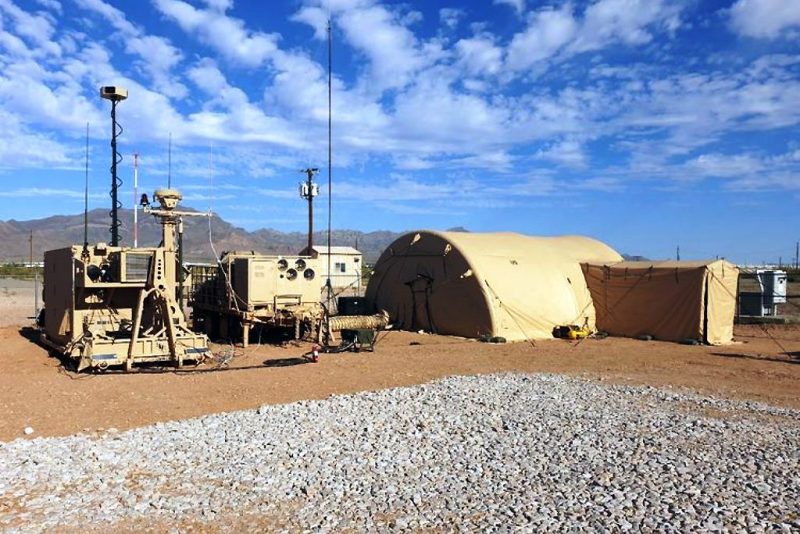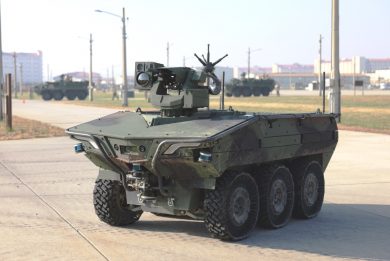Northrop Grumman’s Integrated Battle Command System Expands the Battlespace During Live-Fire Flight Tests with New Sensor
Huntsville, Ala. – December 8, 2023 – Northrop Grumman Corporation’s (NYSE: NOC) Integrated Battle Command System (IBCS) continued to demonstrate its role as the transformational cornerstone of the U.S. Army’s air and missile defense through its recent integration of the Lower Tier Air and Missile Defense Sensor (LTAMDS). During advanced live fire flight tests in November and December at White Sands Missile Range, New Mexico, with LTAMDS, IBCS once again demonstrated its ability to integrate sensors and effectors, fusing data across the battlespace to defeat complex air and missile threats.
During these recent tests, IBCS successfully:
- Detected, identified and maintained an accurate composite track of incoming low and high-altitude threats through the ingestion of LTAMDS data.
- Engaged and defeated an air-breathing cruise missile surrogate as well as a tactical ballistic missile surrogate through fire control of a PAC-3 missile.
Northrop Grumman integrated the developmental LTAMDS sensor into IBCS, adding to the battle command system’s ability to provide full battlespace awareness. The IBCS enabled-LTAMDS will replace existing Patriot radars when fielded in 2027.
Experts: Rebecca Torzone, vice president and general manager, combat systems and mission readiness, Northrop Grumman: “Integrating LTAMDS into IBCS marks another critical milestone achieved for this unrivaled battle command system that continues to reshape the battlespace across multiple missions, optimizing current and future networked air and missile defense in a cost-effective manner. With the U.S. Army and global partners, Northrop Grumman will continue to advance IBCS as a paradigm-shattering system able to defeat the threats of today and tomorrow.”
Details on IBCS and LTAMDS:
IBCS is a revolutionary command and control system that unifies current and future assets in the battlespace, regardless of source, service or domain. Through its modular, open and scalable architecture, IBCS gives warfighters capabilities they never had before by fusing sensor data for a single actionable picture of the full battlespace that enables rapid, informed decisions to optimize shooters. This capability extends the battlespace, giving warfighters more time to make decisions on how best to defeat threats. IBCS is the centerpiece of the U.S. Army’s modernization strategy for air and missile defense, and it’s currently being fielded in Poland. IBCS is a foundational element for the multi-domain, multi-national future.
LTAMDS is the U.S. Army’s next generation air and missile defense radar. The 360-degree, active electronically scanned array radar, provides advanced performance against a range of threats, from manned and unmanned aircraft to cruise missiles, ballistic missiles and hypersonics.
Photo courtesy Northrop Grumman



